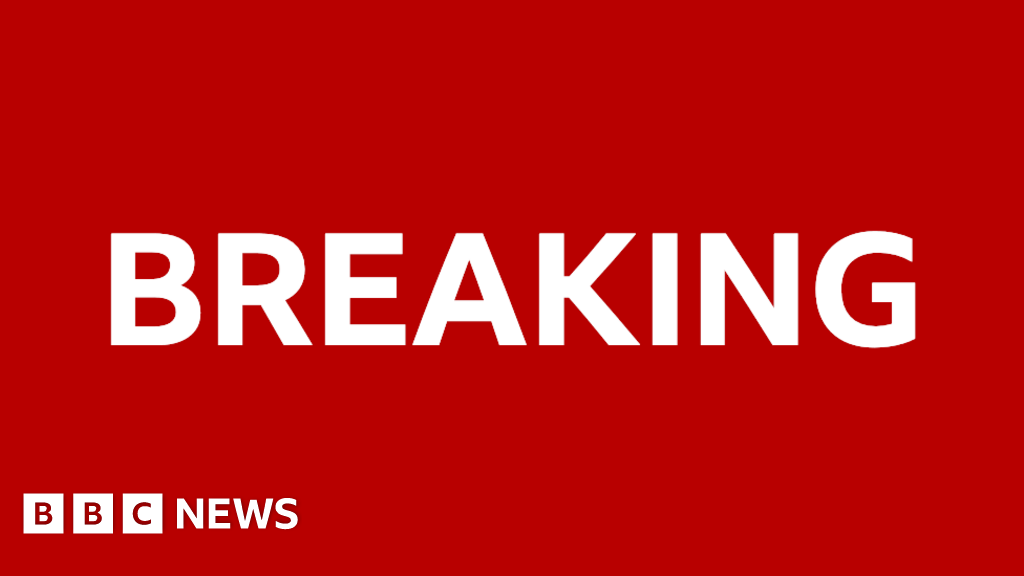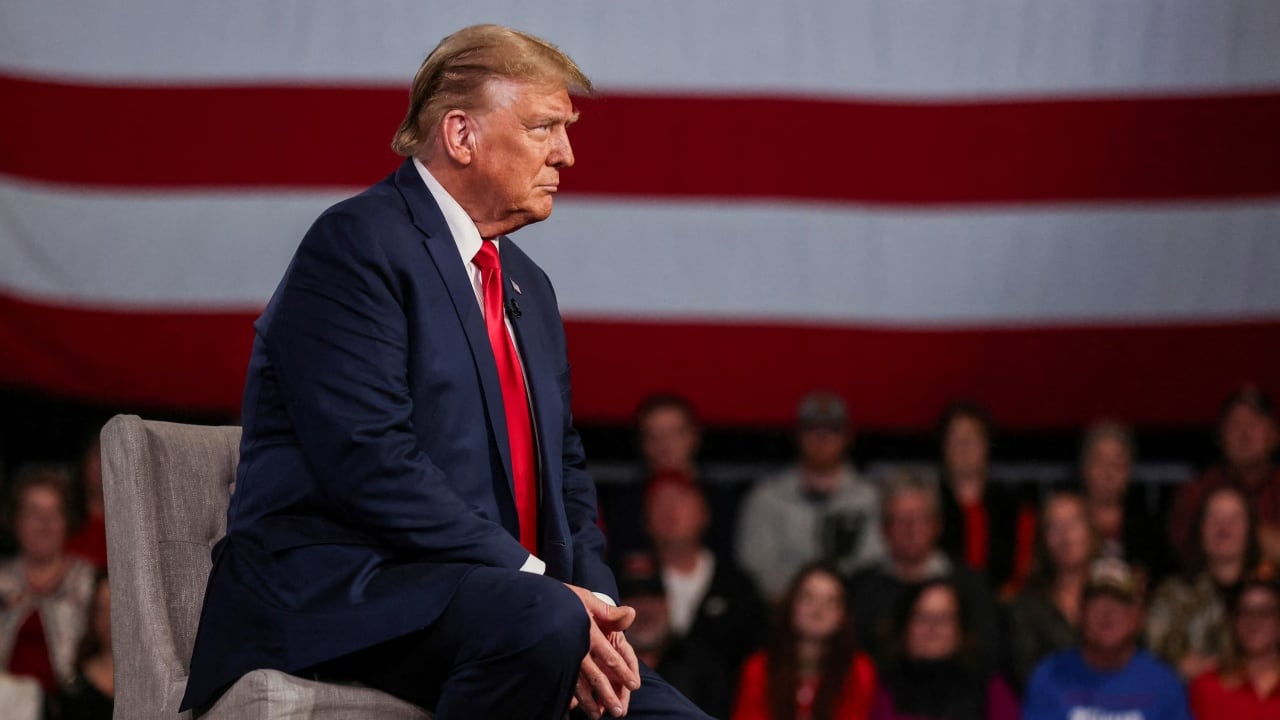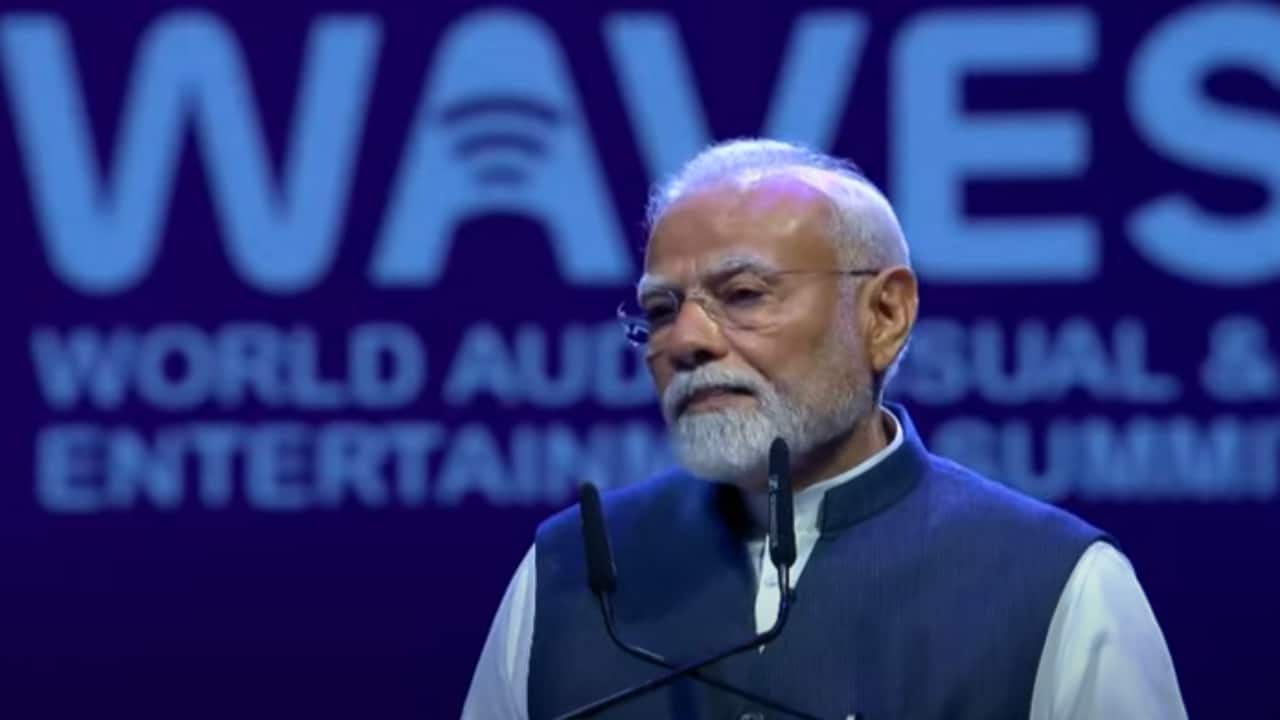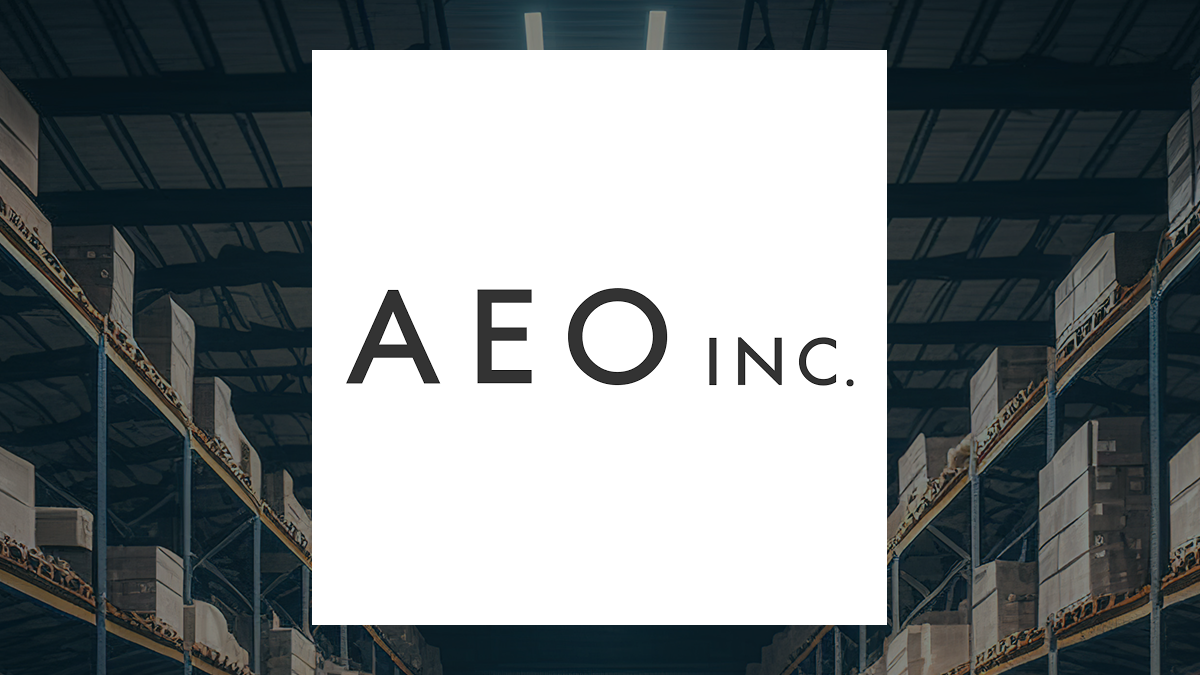Winter is over in the northern hemisphere, and demand for heating is in decline, to the likely chagrin of LNG exporters. Demand for the fuel in the key Asian and European markets has weakened this month as peak demand season eases—but the weakening is temporary. Europe imported a record 7.
04 million tons of liquefied natural gas from its top supplier, the United States, last month, but this has dropped to 5.88 million tons this month, data from Kpler, cited by Reuters’ Clyde Russell has shown. This is still significantly higher than the EU’s average monthly imports of U.

S. LNG for last year. Those stood at 3.
76 million tons, meaning the 2025 average so far represents a hefty increase that President Trump might like. After all, U.S.
LNG has come to account for 55% of Europe’s total LNG imports since the start of 2025. Europe has managed to reduce its overall gas imports over the first quarter through demand destruction, a climate think tank said in a new report earlier today. Per the Institute for Energy Economics and Financial Analysis, total imports of gas, both pipeline and LNG, were at the same level as last year over the first three months of 2025.
The makeup of these imports still featured a sizable contribution of Russian gas to the total import mix despite attempts by the EU to give up all Russian hydrocarbons. In Asia, meanwhile, China already made the news by suspending any and all LNG imports from the United States, which has had to look for other buyers in its second-biggest market after Europe. Fortunately for all involved, Asian countries are all big buyers of liquefied gas.
Japan and South Korea are already major buyers of American liquefied gas and India may well join them as top buyer as it seeks to reduce and hopefully eliminate its trade surplus with the U.S. per President Trump’s plans.
Indeed, Trump’s trade policies seem like a major tailwind for LNG demand on a global scale. But there may be a problem—stemming from other Trump policies. The warning came from the LNG industry earlier this month and concerned the introduction of restrictions on Chinese-built ships calling at U.
S. ports in the form of port fees. Announced by Trade Representative Jamieson Greer, the rules aimed to boost American shipbuilding but it stressed LNG exporters who currently have no alternative to Chinese-built tankers.
“There are currently no US-built vessels capable of shipping LNG and no surplus capacity at US shipyards to build LNG carriers by the deadline of 2029,” the Financial Times reported , citing unnamed industry sources. This is problematic for exporters even with the federal government’s provision for a gradual phase-in of locally manufactured carriers. The Baltic and International Maritime Council, one of the largest shipping industry associations globally, also warned against the restrictions.
In a letter, PIMCO said that “Charging fees on ships calling at US ports due to Chinese origin of the calling ships, Chinese domestication of the operator, the operator’s fleet’s percentage of Chinese origin ships and the operator’s order book’s percentage of Chinese contracts, will significantly increase the cost of seaborne transport to and from the United States of America – even if operators are pursuing avoidance strategies.” The situation with vessel availability is particularly tight in LNG due to the relatively fast surge in demand for the fuel, which shipbuilders are currently trying to catch up, which will take years. Demand for LNG tankers surged by 25% last year, industry data showed in January, with the bulk of the new orders going to South Korean and Chinese shipbuilders.
Korean companies were in the lead, with 68 orders, and Chinese shipbuilders trailed them with 41 orders. Over the long term, then, U.S.
LNG exporters could use South Korea-built vessels, but they need to ship their gas in the short term as well and this might become a problem unless the new port fee rule is tweaked to ensure the continued flow of U.S. LNG abroad.
That’s an immediate concern because the current lull in shipments is a temporary occurrence. Soon enough, Europe will need to start refilling its storage caverns. With its plans to give up Russian gas entirely, it will need to step up U.
S.LNG imports further, apparently regardless of cost, which will inevitably rise with the jump in demand. The good news for Europe—this time the price rise may be a little smaller thanks to the tariff war and China’s retaliatory tariffs on U.
S. energy that saw it cut all imports of American liquefied gas. The bad news is that with every U.
S. trade partner seeking more LNG imports to reduce its surplus with the world’s biggest market, the price can and likely will change soon enough and not in a favorable direction for the Europeans. For U.
S. LNG exporters, however, it’s smooth sailing ahead—just as soon as the Trump administration takes care of that port fee problem. By Irina Slav for Oilprice.
com More Top Reads From Oilprice.com.
Business

LNG’s Next Big Threat Isn’t Demand—It’s U.S. Policy

Winter is over in the northern hemisphere, and demand for heating is in decline, to the likely chagrin of LNG exporters. Demand for the fuel in the key Asian and European markets has weakened this month as peak demand season eases—but the weakening is temporary. Europe imported a record 7.04 million tons of liquefied natural gas from its top supplier, the United States, last month, but this has dropped to 5.88 million tons this month, data from Kpler, cited by Reuters’ Clyde Russell has shown. This is still significantly higher than...















